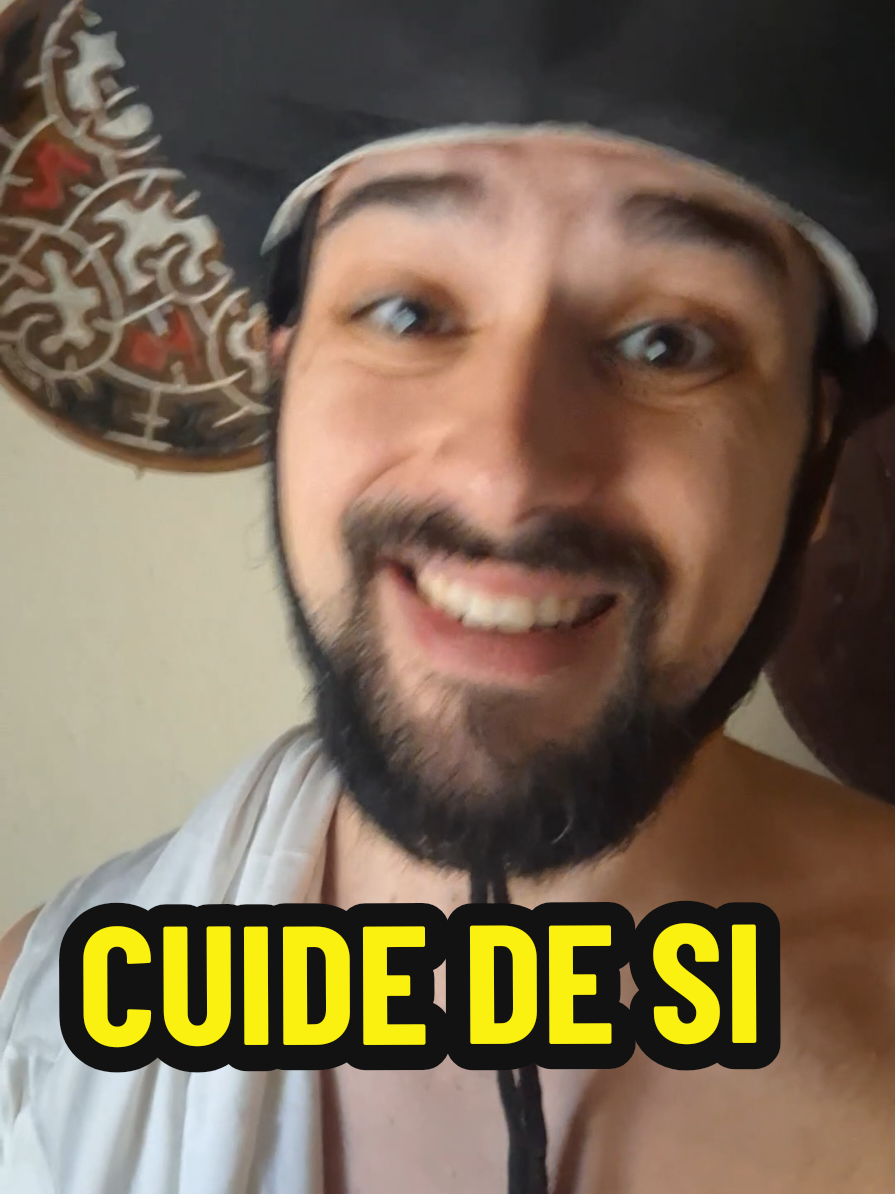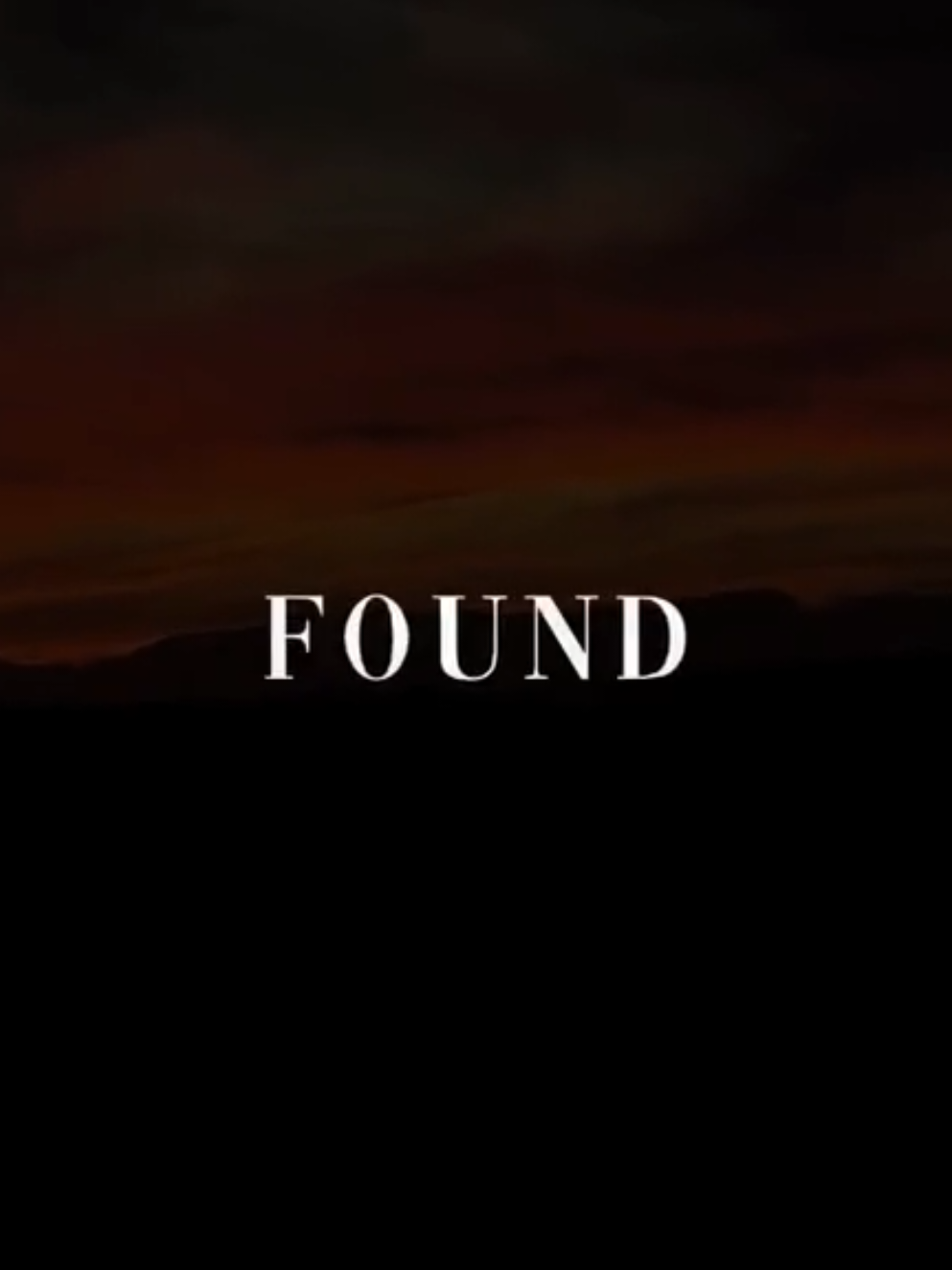whoareyoulol67
Region: SG
Saturday 04 October 2025 10:32:37 GMT
10079
1561
12
115
Music
Download
Comments
mantoi :
baby cute
2025-10-06 10:11:37
0
nibba585 :
i wanna see u do tricep extensions lol
2025-10-12 04:38:21
1
Shumi :
2025-10-04 19:43:41
0
ekin :
💕💕🥰🥰🥰
2025-10-13 21:07:23
0
nurilakatsuki :
🥰
2025-10-11 09:49:29
0
danzz_ :
🥰🥰🥰
2025-10-08 12:48:24
0
+* :
😁
2025-10-05 11:39:19
0
James light :
🔥🔥🔥
2025-10-04 14:49:53
0
Murakami :
🥰🥰🥰
2025-10-04 10:34:51
0
1414 :
deymm
2025-10-13 01:53:23
0
user1515012772 :
🤤🤤
2025-10-04 15:17:43
0
𝐏𝐎𝐍𝐆𝐈𝐒𝐁𝐀𝐂𝐊 ⚔ :
😻😻😻
2025-10-04 14:07:00
0
To see more videos from user @whoareyoulol67, please go to the Tikwm
homepage.





